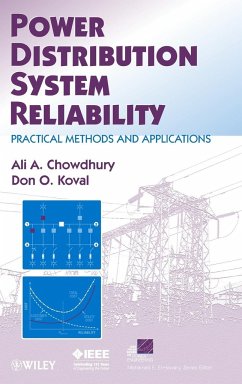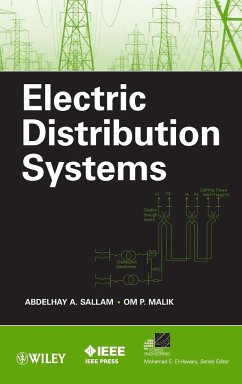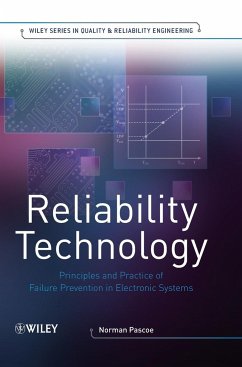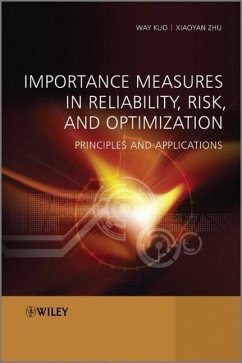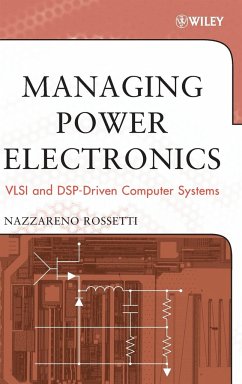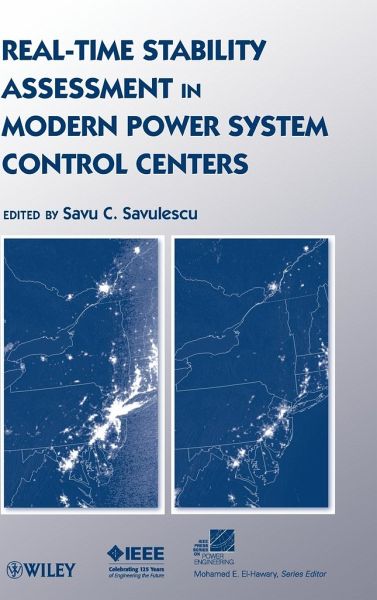
Real-Time Stability Assessment in Modern Power System Control Centers

PAYBACK Punkte
75 °P sammeln!
This book answers the need for a practical, hands on guide for assessing power stability in real time, rather than in offline simulations. Since the book is primarily geared toward the practical aspects of the subject, theoretical background is reduced to the strictest minimum. For the benefit of readers who may not be quite familiar with the underlying theoretical techniques, appendices describing key algorithms and theoretical issues are included at the end of the book. It is an excellent source for researchers, professionals, and advanced undergraduate and graduate students.





